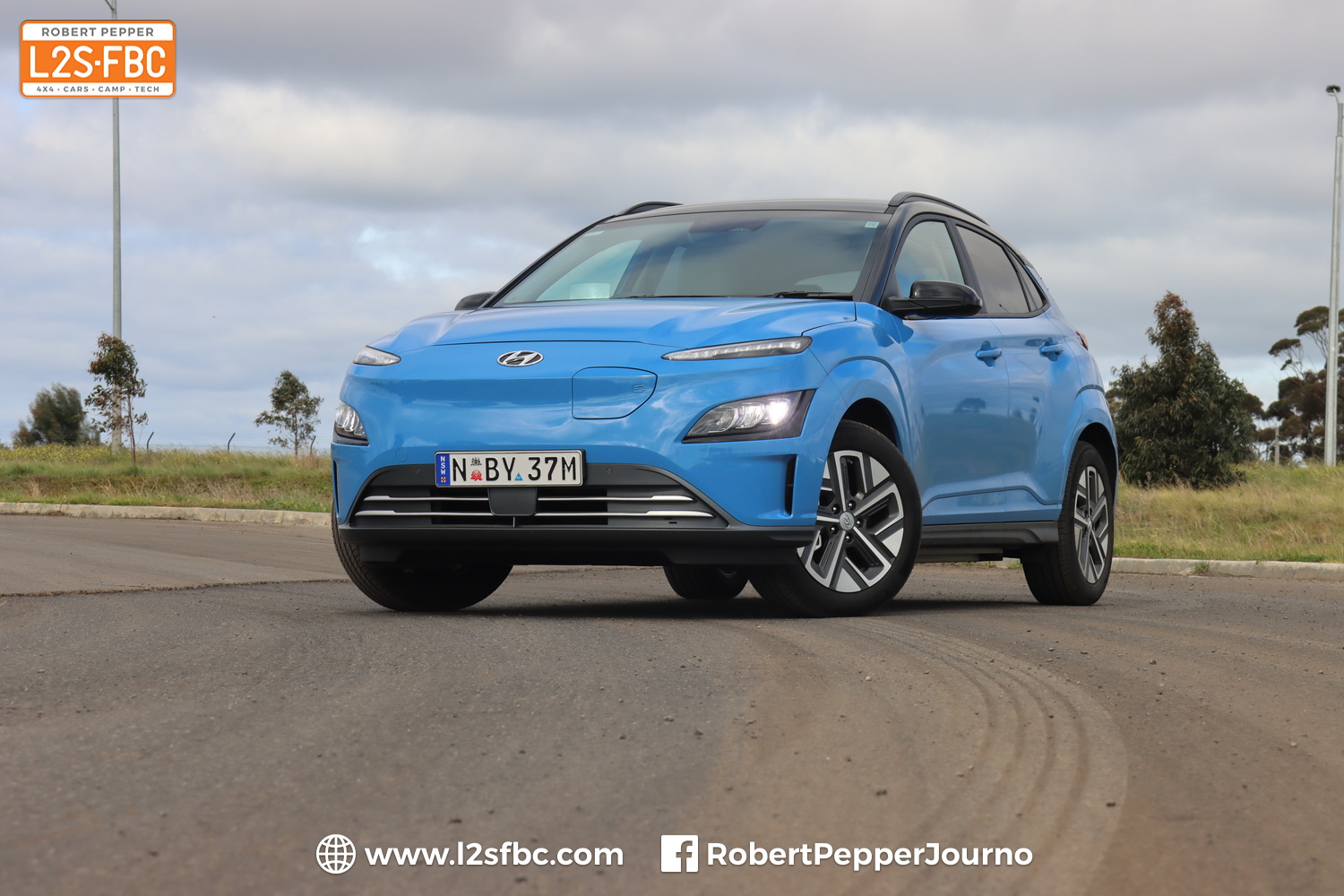
How to take a tracking photo
A tracking shot is when you shoot from one moving vehicle to another. Here’s how this shot was done.
First, you need to find a suitable road. To get the sensation of motion – blurred wheels and background – you need a slow shutter speed. That means camera shake is a problem, so you fix that by finding a smooth but dusty dirt road, and burst mode where the camera takes 10-15 frames per second so one of them has to be good over a 2-4 second shooting period.
The road also needs to be wide enough for two cars, and straight enough to allow the cars to be side by side for a while. And there can’t be any annoying things in the background like houses.
You also don’t want your shoot car to appear in the pic which it can do in two ways; first, by kicking up dust, and second by its shadow. An overcast day helps, otherwise you need a road that’s aligned so the shoot car shadow doesn’t get in the way. Also the wind needs to be blowing towards the shoot car so its dust doesn’t appear in the shot. You also need to figure out the best speed to take the shot at; usually 70-80km/h works, the faster the cars go the easier the blur, but the worse the bouncing. Slower car speed gives you more time but you need an even slower shutter speed to get the blur which has its own problems as you’re more likely to get shutter shake.
If it’s not already clear, a lot of a photographer’s job is location scouting, or looking at any given location and thinking “how can I make this work given what I’ve got – the weather, the time, the drivers, my equipment, the sun, wind, rain, background and, well the universe generally?” There’s always a way and that’s the challenge of offroad car photography. Even when it’s raining you still need to get the job done.
Then you need to get low. For these shots I’m hanging out the window holding the camera low which has the effect of making the shot more dramatic and also increasing the blur of the road.
The drivers also need to be briefed. Before you set off, you align the cars when they’re not moving so the drivers know the distance required. You also tell the subject driver NOT to stare at the camera as that ruins the shot. Nothing worse than getting the perfect frame and the camera driver is looking down the camera gaping like a caught fish with half the IQ.
For speed control it works best if you lock autos in third and that way you get speed control via throttle.
When you get back you’ve got many, many shots to go through. For something like this I would have taken around 100 frames and expect 1-5 decent shots. This shot is from the same session, but the road isn’t as well defined, isn’t as dusty, and the car is too close to the camera so it doesn’t work as well in my view.

So there’s a lot that goes into a shot like this. All I’ve done to it is up the saturation a touch and sharpen a little. Photography not Photoshop! These days I guess you could use a drone and get the shots that way.
Also decided to ask AI to make a Range Rover Sport tracking shot. It’s not terrible, but has a ways to go yet as that’s a pan shot not a tracker, and it’s generally got the AI flaws.



